Remember last winter when the craziest thing we experienced was “snowpocalypse” and seventy-two hours of soul-crushingly frigid temperatures?
Ahh, those were the days.
While it is now technically spring, no one could have predicted what this winter would hold. In the span of a few quick months, a pandemic has plagued the world, and people everywhere have been uprooted from their everyday schedules, assurances, and senses of normalcy. Life these days is pretty crazy, and the most seemingly inconspicuous of tasks have become prohibitively taxing and surreal. As I’m typing this, my phone just buzzed and stated the U.S. now has the highest number of Coronavirus cases in the world, surpassing both Italy and China. Utter madness. What will we learn next?
In an increasingly volatile, uncertain, complex, and highly ambiguous world, it is easy to lock ourselves away and give ourselves over to the fearful voices that get louder and louder with every passing minute. There’s no choice. We should just give in.
Right?
We could.
Or, we could take a step back, acknowledge what we can control, accept what we cannot, and pride ourselves for the bravery and boldness that comes with knowing the difference.
Or, in other words, we could make macarons.
Wait. Macarons? What does this sweet French concoction have to do with Coronavirus?
Nothing.
And, simultaneously, everything.
Let’s start by getting one thing straight: Macarons are not the same as macaroons, the sweet, chewy sugar bombs comprised of shredded coconut and often chocolate. Rather, a macaron is a French, way fancier-sounding word[1] for a pastry comprised of two delicate almond cookies sandwiched around flavorful fillings like raspberry jam, lemon curd, or chocolate buttercream.
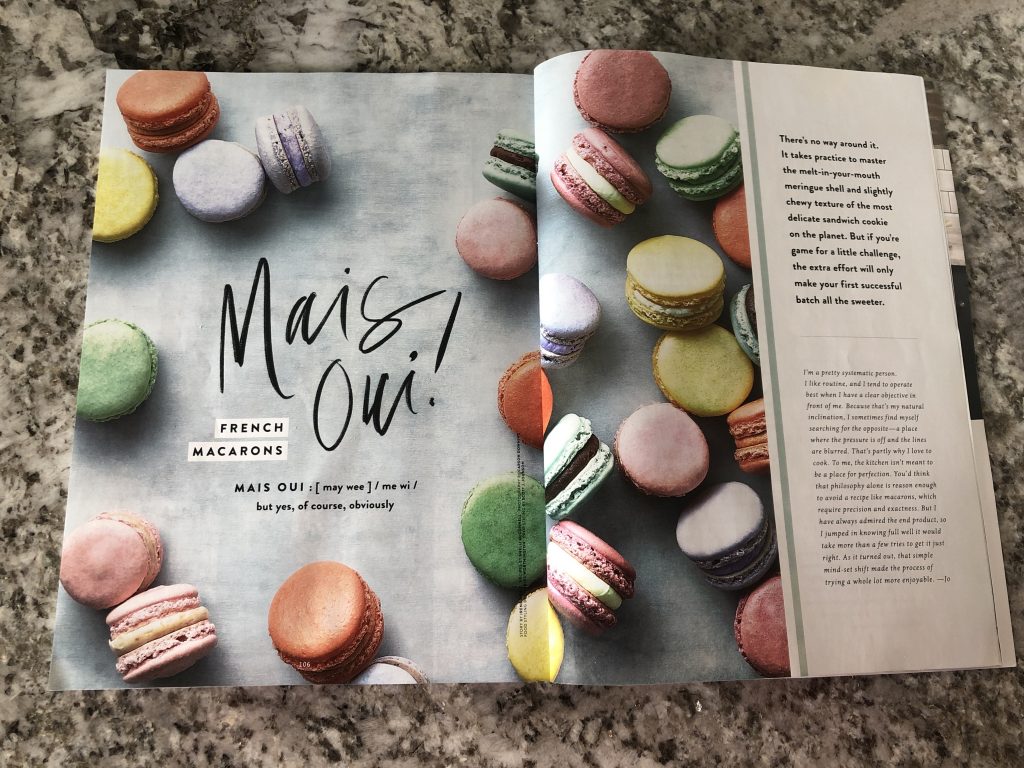
Despite its French origin, the word macaron is derived from the Italian word, maccherone, meaning fine dough. The macaron was born in Italy and migrated to France around 1533 with Catherine di Medici, a noblewoman from Florence who married the future King of France, Henry II. These original macarons were simple, low-maintenance cookies derived from sugar, almond flour, and egg whites.
Notably, modern macarons contain the same basic ingredients but have taken on a much more finicky, diva-esque reputation as society has continued to evolve.
And rightfully so.
Highly praised throughout the baking world, macarons are unanimously considered the crème de la crème of tricky desserts. Indeed, mastering the perfect macaron is an ambitious feat attempted by many and conquered by few. And there’s one French pastry shop that has this art down to a science.
Ladurée.
According to Ladurée’s website, confectioner Pierre Desfontaines first thought of taking two macaron shells and joining them with a delicious ganache filling, creating a dazzling (secret) combination that captures hearts everywhere. Desfontaines’ recipe has not changed since, and Ladurée has since become “a veritable celebration of sweets and pastry innovation.” With over 100 secret recipes and numerous flavor combinations tested to perfection, the Ladurée macaron, often referred to as “the supermodel of the food industry,” is undoubtedly “chic, timeless, and beautiful.”
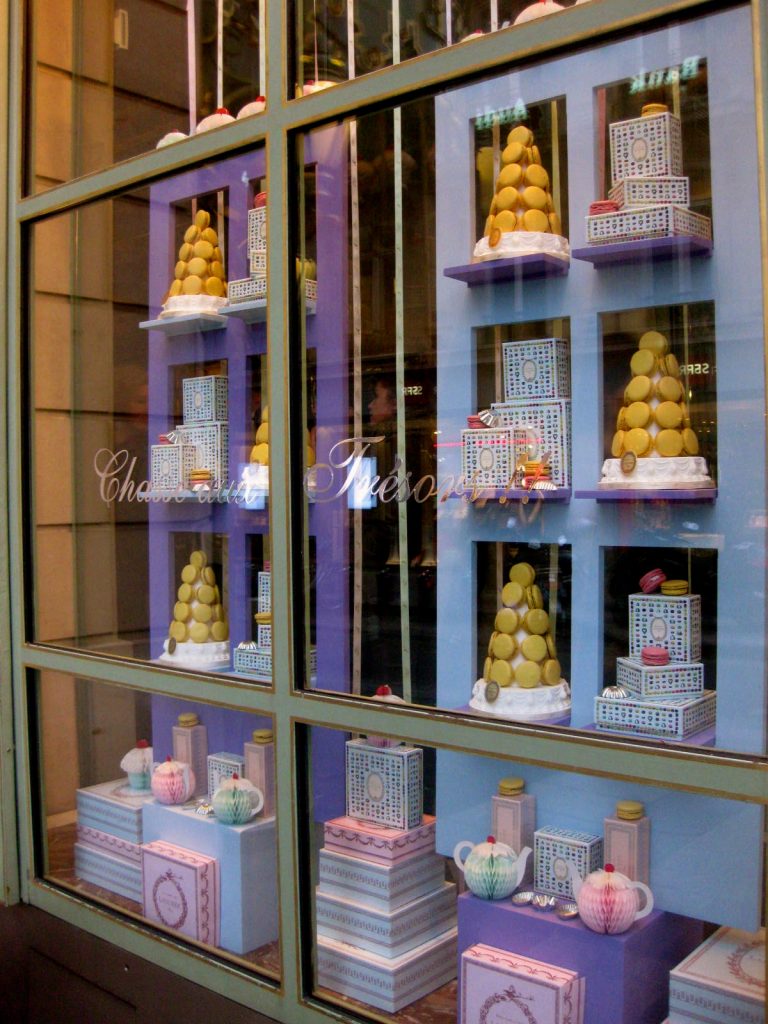
That’s some high praise for a tiny pastel dessert.
My good friend[2] and I were fortunate to visit Ladureé several years ago during our European spring break travel. During our junior year of college, Katie and I studied abroad in Toledo, Spain and eagerly made Paris the first leg of our week long travel plans. Sandwiched between stops at Notre Dame Cathedral, the Louvre, and Shakespeare and Company bookstore, we were able to spend a few sinfully sweet moments at Ladurée. Located on Paris’ famous Champs-Élysées, Ladurée’s assortment is as vast as it is decadent, and we gleefully nibbled on lemon, rose, and pistachio macarons, all the while feeling très cultured and refined.
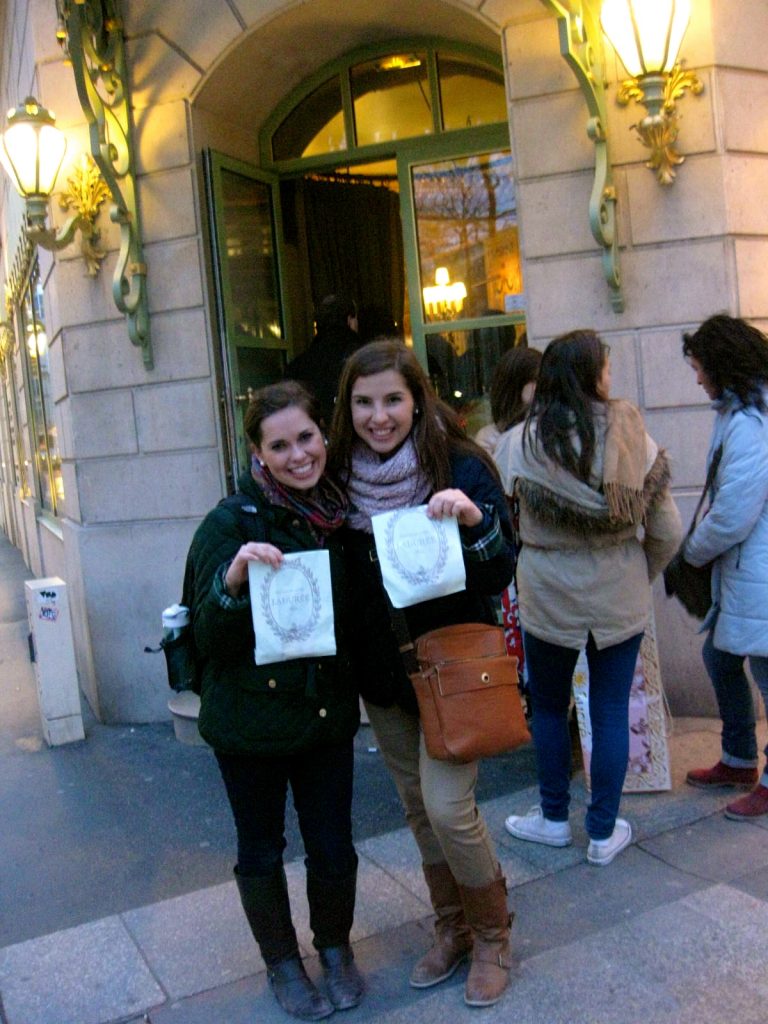

I know what you’re thinking. “Yes, yes: Macarons are fancy and French. Fine: I get it. But Katie, how does this have anything to do with the Coronavirus?”
Two things:
- Clearly your week and a half of binge-watching Netflix in your jam-jams has made you irritable, irrational, and incapable of not having an immediate answer at your fingertips. I suggest you turn off the tv, turn on the shower, flex your patience muscle, and check yourself before you wreck yourself.
- I’m getting there. Now quiet, please.
A couple weekends ago my friend, Dixie, and I decide to venture outside of our normal weekend activities[3] and try something bold, unexpected, and dare I say dangerous: We were going to make our very own macarons.
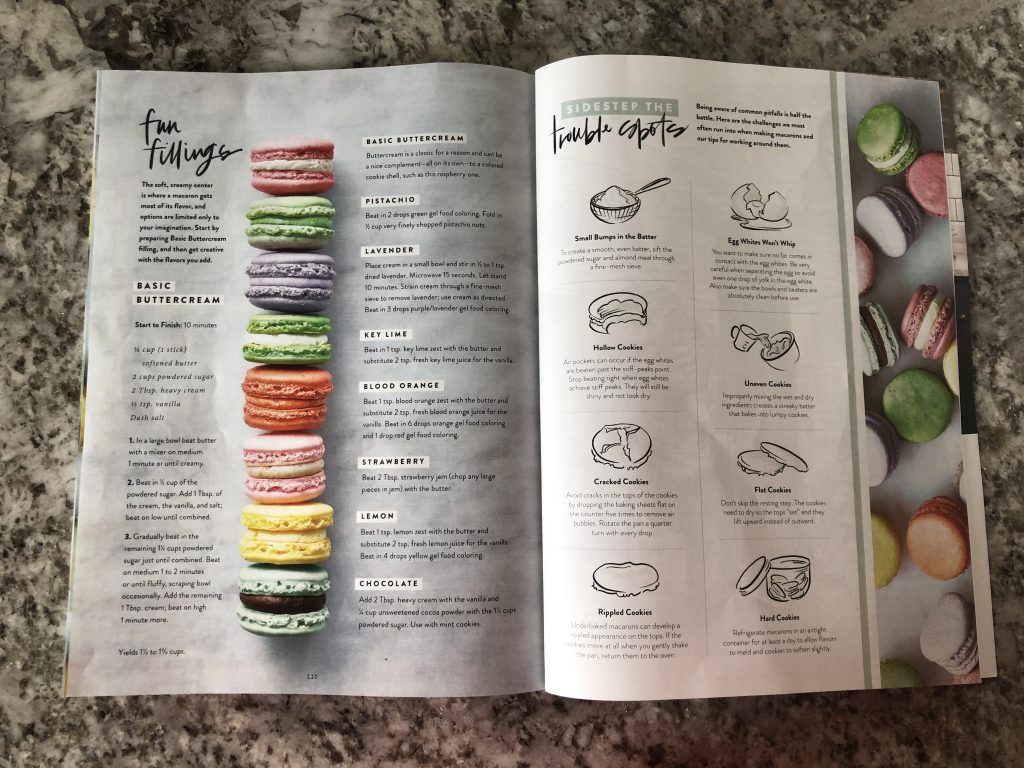
Feeling a bit stir-crazy and confined by what were then the fledgling moments of our now eleven-day quarantine, we decided we wanted to roll up our sleeves, pursue a “stretch” baking assignment, and see where the afternoon might take us. After all, we couldn’t go anywhere, so why not embark on a culinary trip around the world?
Our experiment began as all good cooking escapades do: With a recipe from Joanna Gaines’ Magnolia
Journal[4]. We gathered our ingredients[5]
and cleansed our mental palates as we committed ourselves to several hours of pure
baking delight madness.
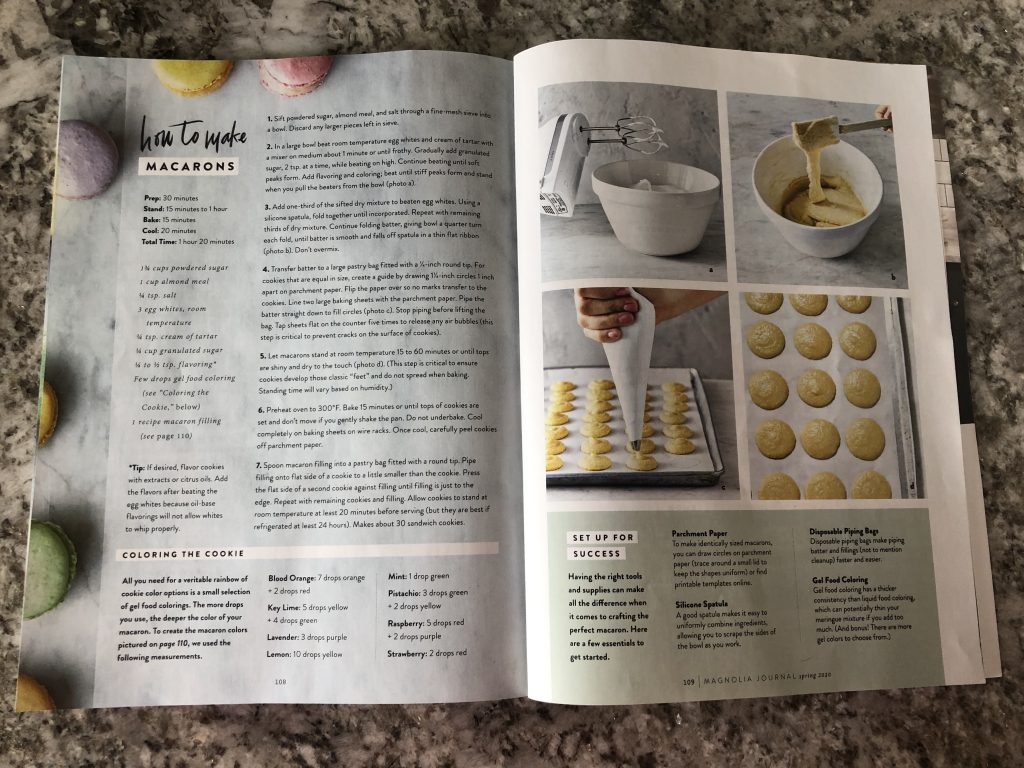
Dixie and I decided we would explore two flavors: “Electric Lime” (pistachio) and “Laser Lemon” (lemon)[6]. We began by mixing dry ingredients, isolating egg whites, and beating said egg whites until they were nice and frothy.
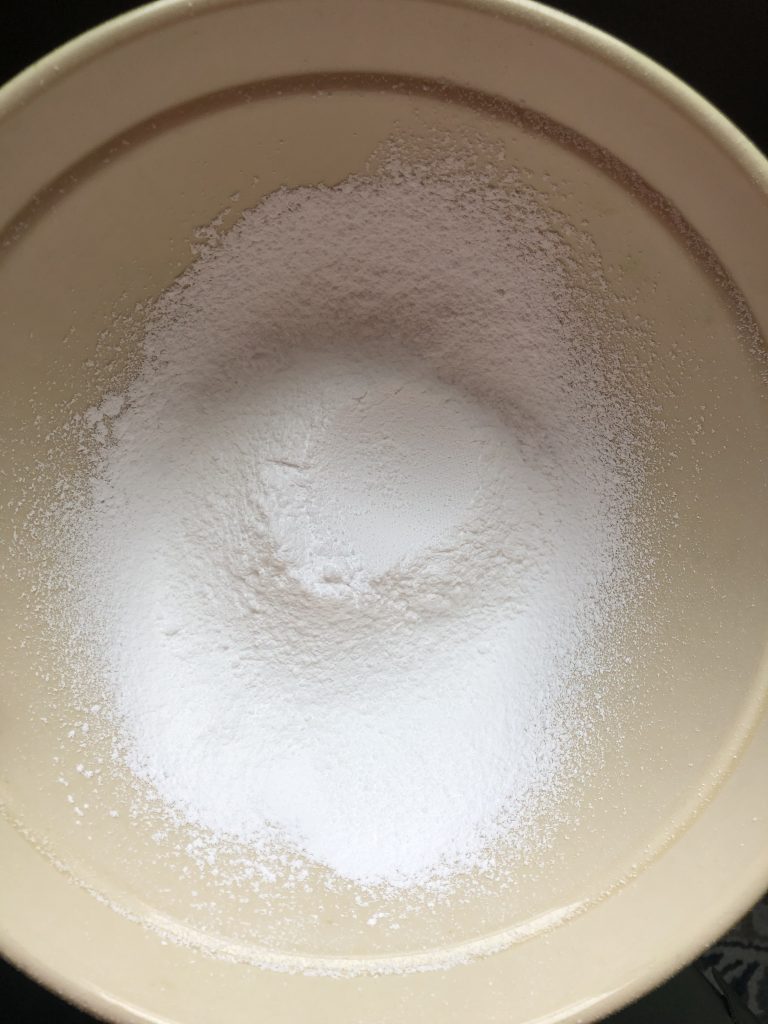
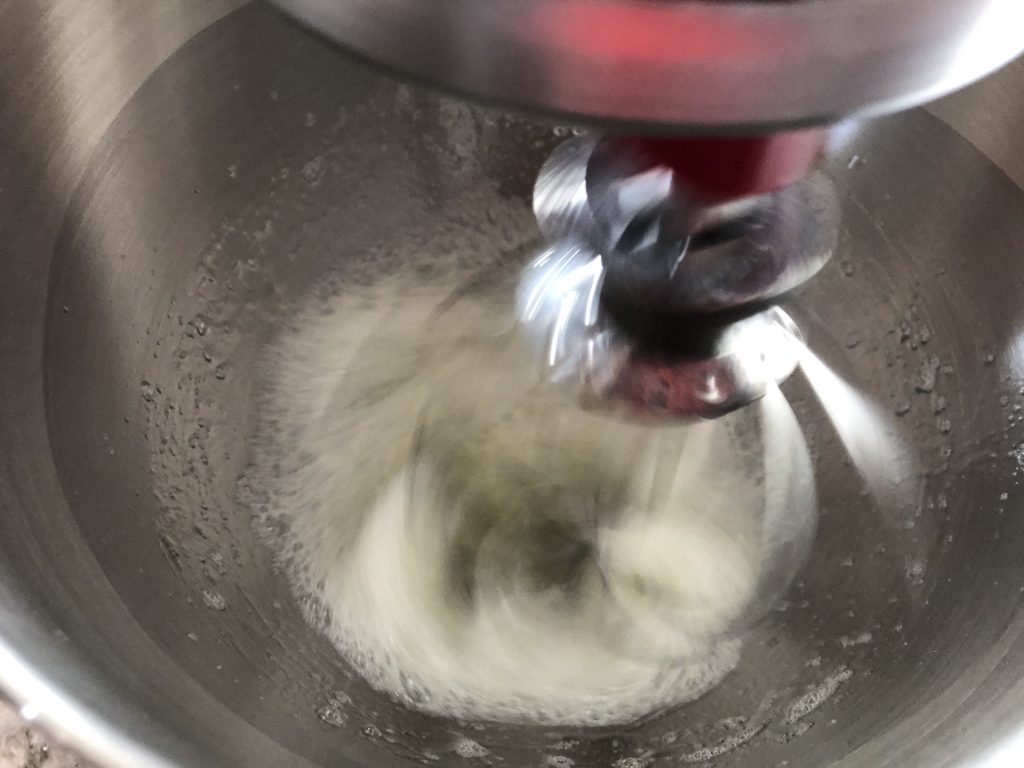
Since we were intent on making pistachio macarons, part of this process involved hand-shelling half a cup of pistachios and then pulverizing them into a pretty green pulp.
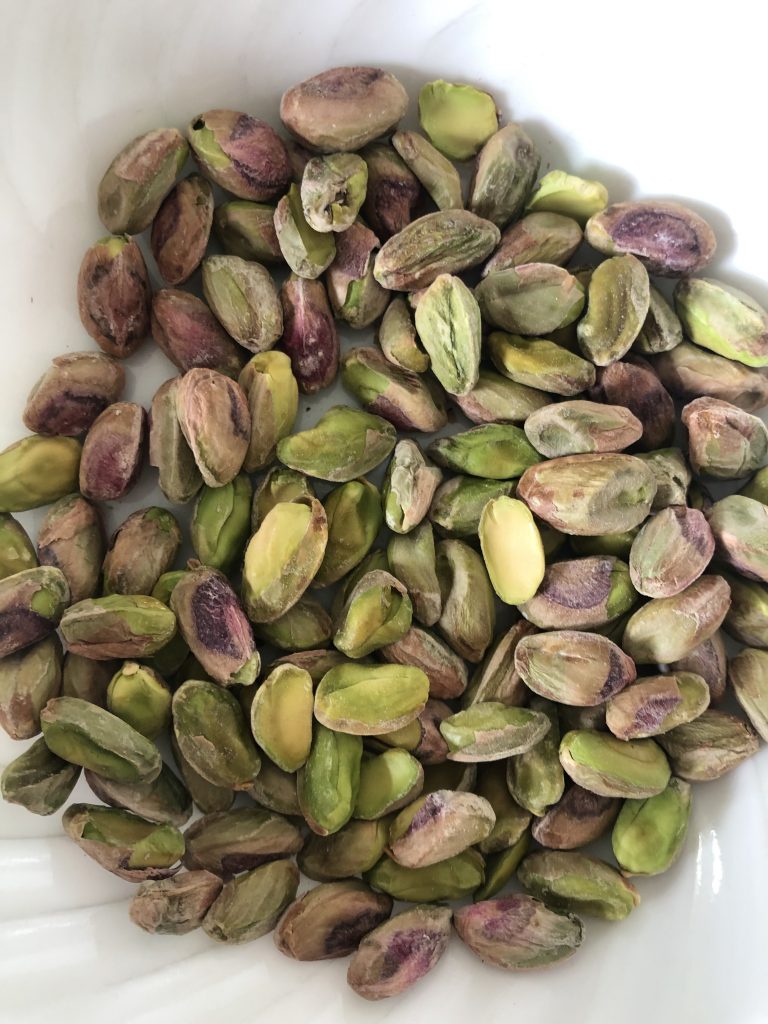
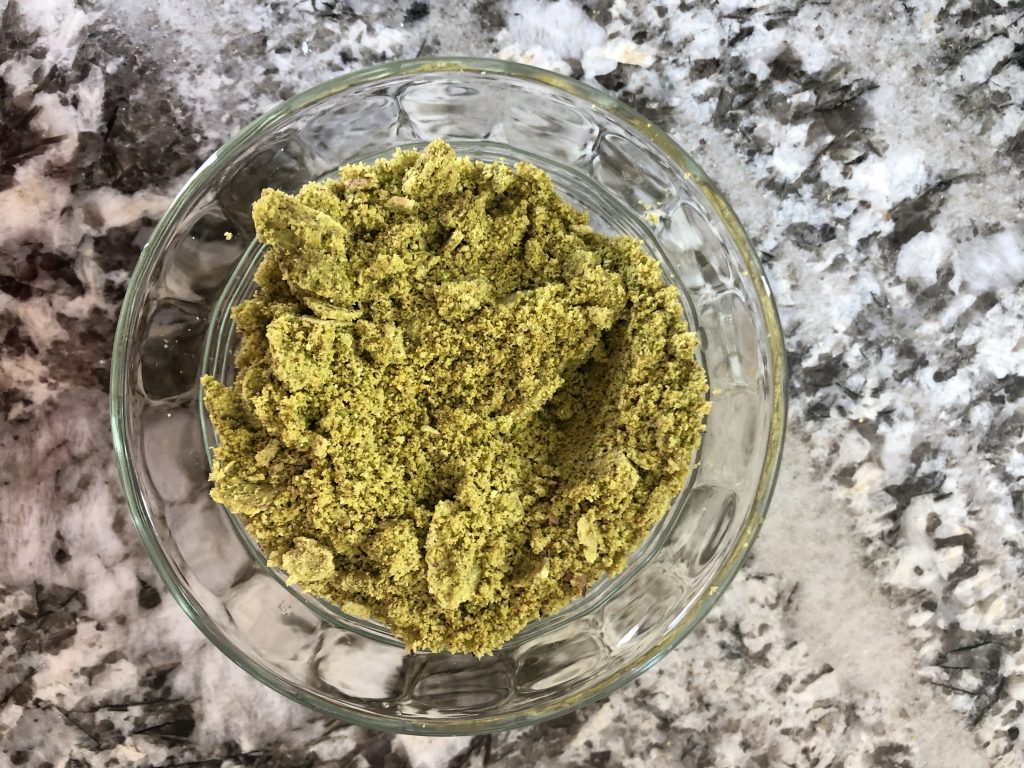
Once we had our flavoring, we continued to follow the recipe, folding in dry ingredients until the batter was smooth, thick, and ribbon-like. Then, we ever-so-delicately spooned shoved the “electric green” concoction into a plastic Ziploc bag[7] and carefully crafted a series of tiny turds on our wax paper-lined baking sheets. Beautiful, no?
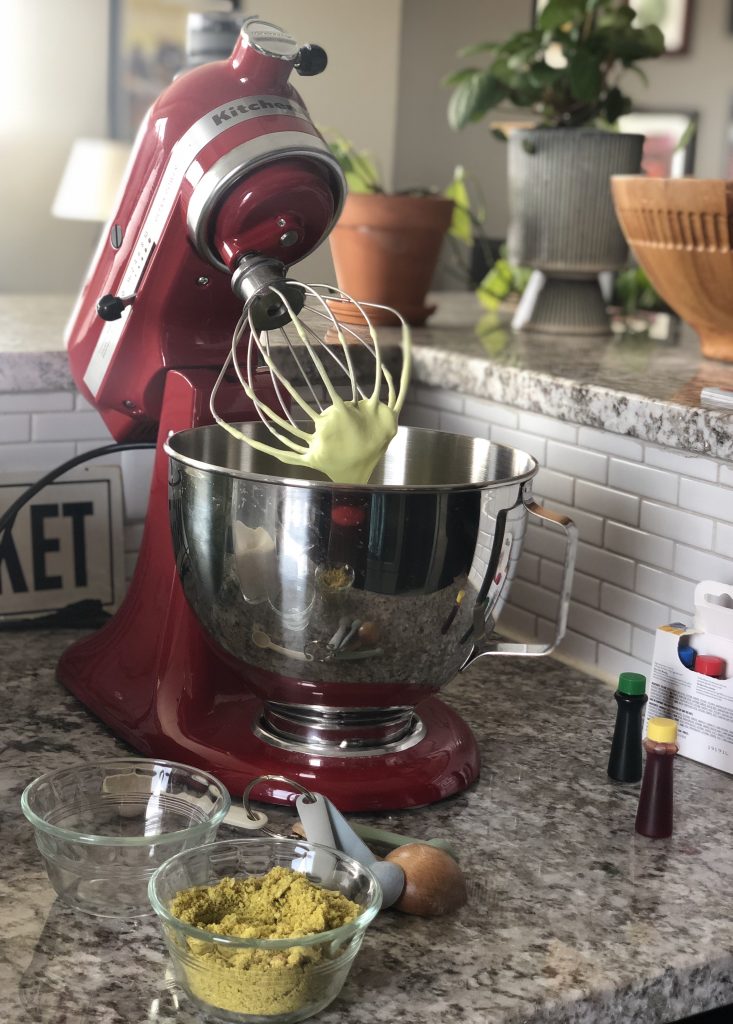
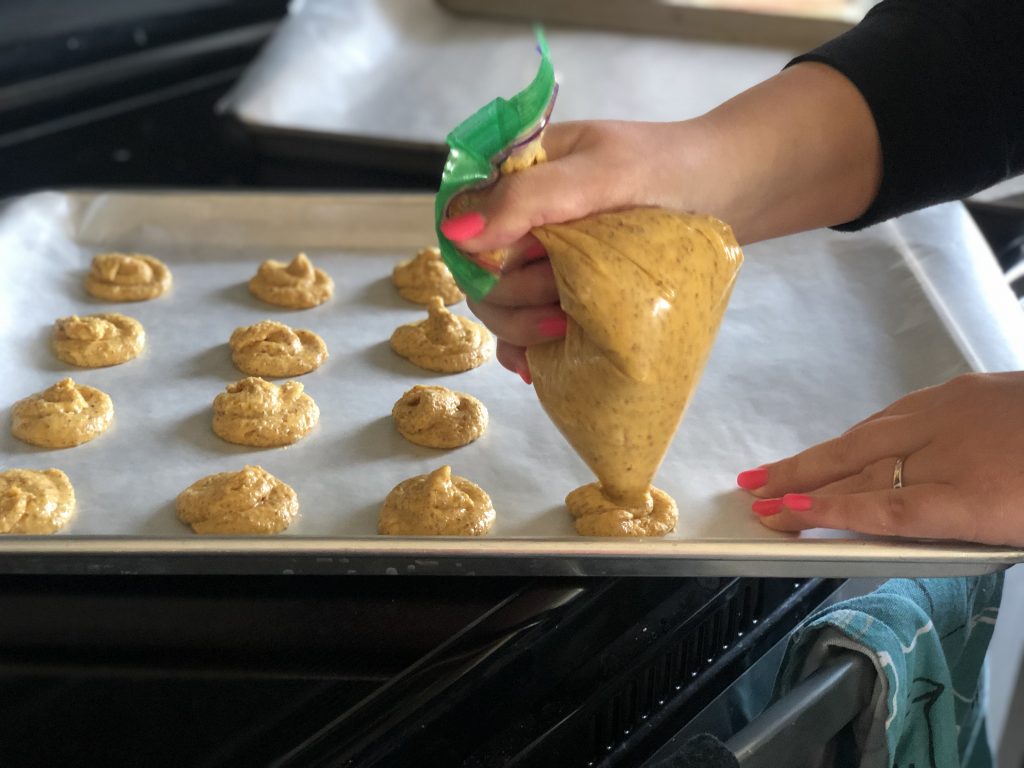
Once we piped the cookies, the recipe requested we let them stand and solidify at room temperature for a little under an hour. We used this time to make the buttercream frosting and sit on the couch, lazily thumbing through numerous editions of HGTV magazine[8].
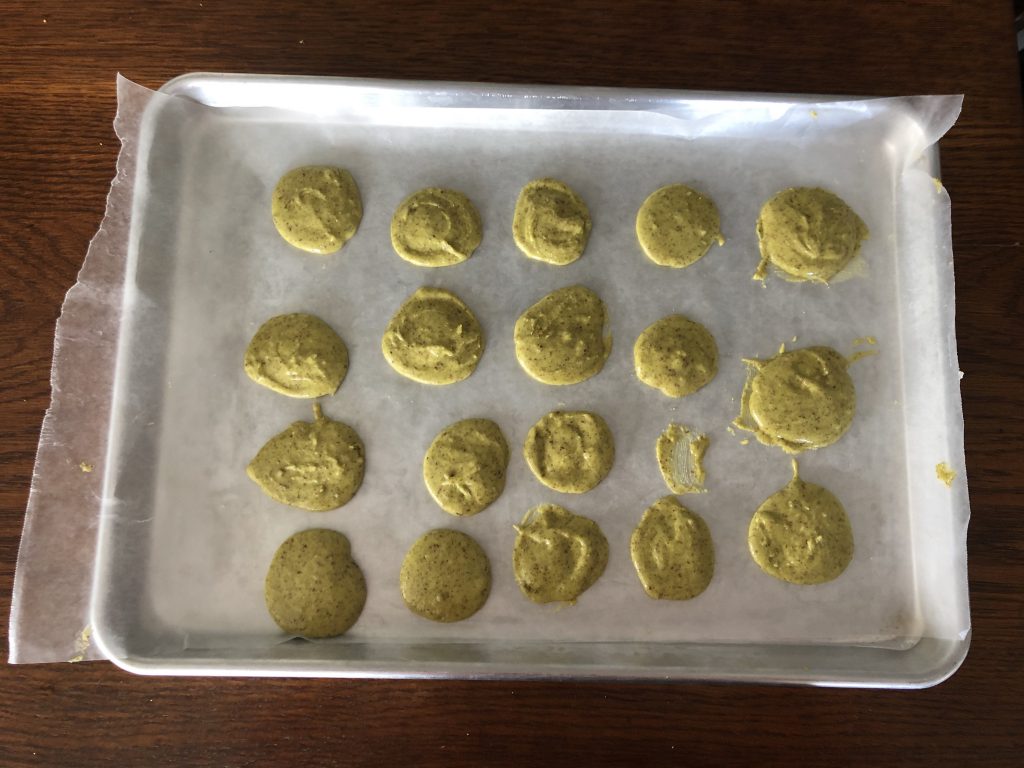
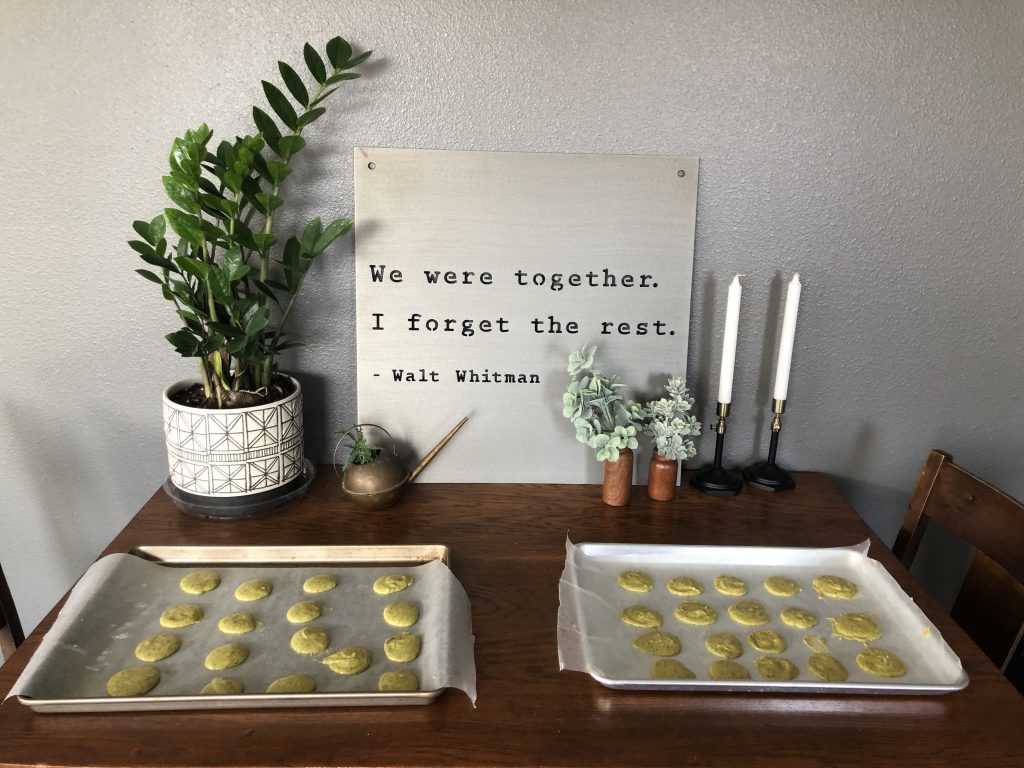
One decade later, we placed the cookie trays into the oven and watched our little beauties begin to blossom, forming the little “feet” so popular amongst macaron aficionados[9].
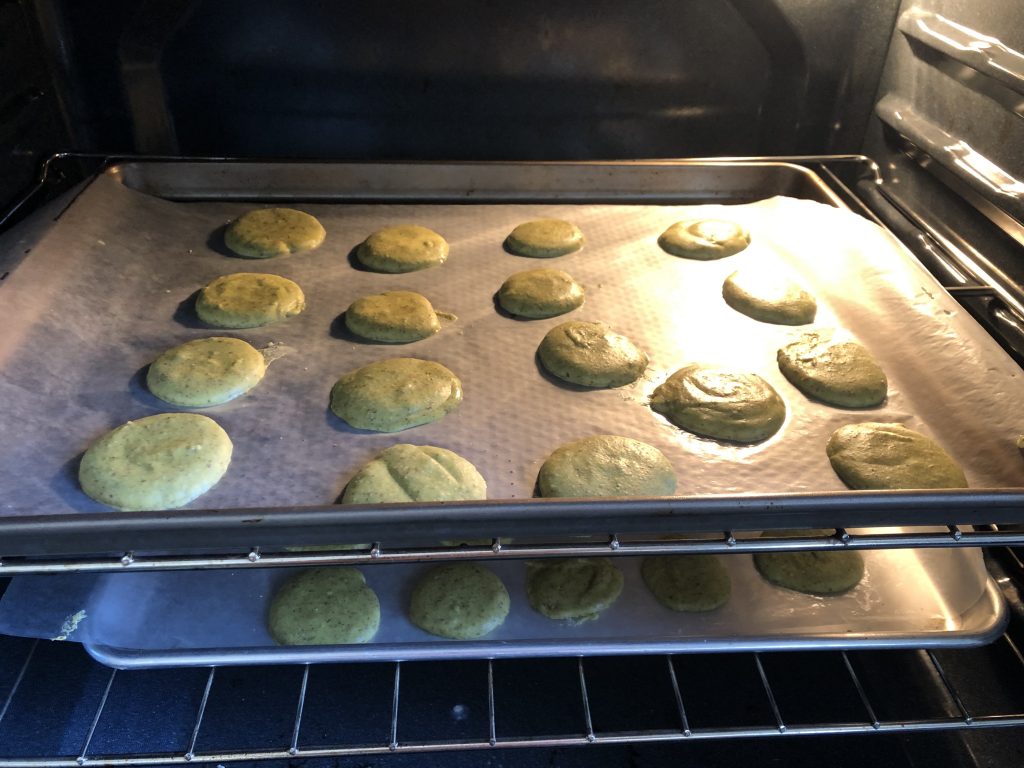
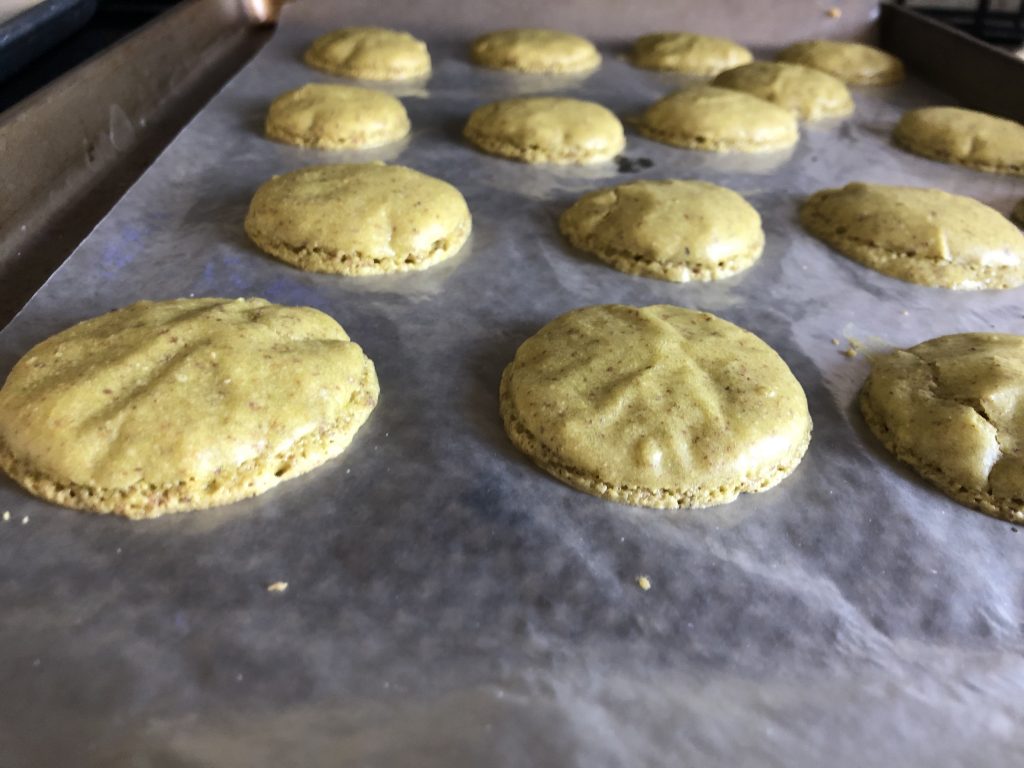
Once the cookies had fully baked, we removed them from the oven, eager to let them cool so we could begin the frosting process. Much to our chagrin, our cookies would not relinquish their waxy grip without devolving into a pitiful doughy heap of despair. After a quick Google search and recipe re-read, we discovered a fatal flaw in our design process: We had used wax paper when the recipe had called for parchment paper.
Our snafu had gone something like this:
Prepping the required baking supplies Dixie initially read off “parchment paper,” and, fiddling through my kitchen drawers I responded, “I have wax paper! That’s basically the same thing, right?” (Our heads nodded in mutual agreement.)
Well, let me assure you this: It is most certainly not the same thing. Wax paper contains a sticky, potentially toxic coating[10] that creates baking challenges in the oven and prompts even more egregious challenges once you have removed your macrons from their fiery death sentence. Did we know wax paper would cause our pretty macarons to insufferably stick to their baking trays? We most certainly did not.
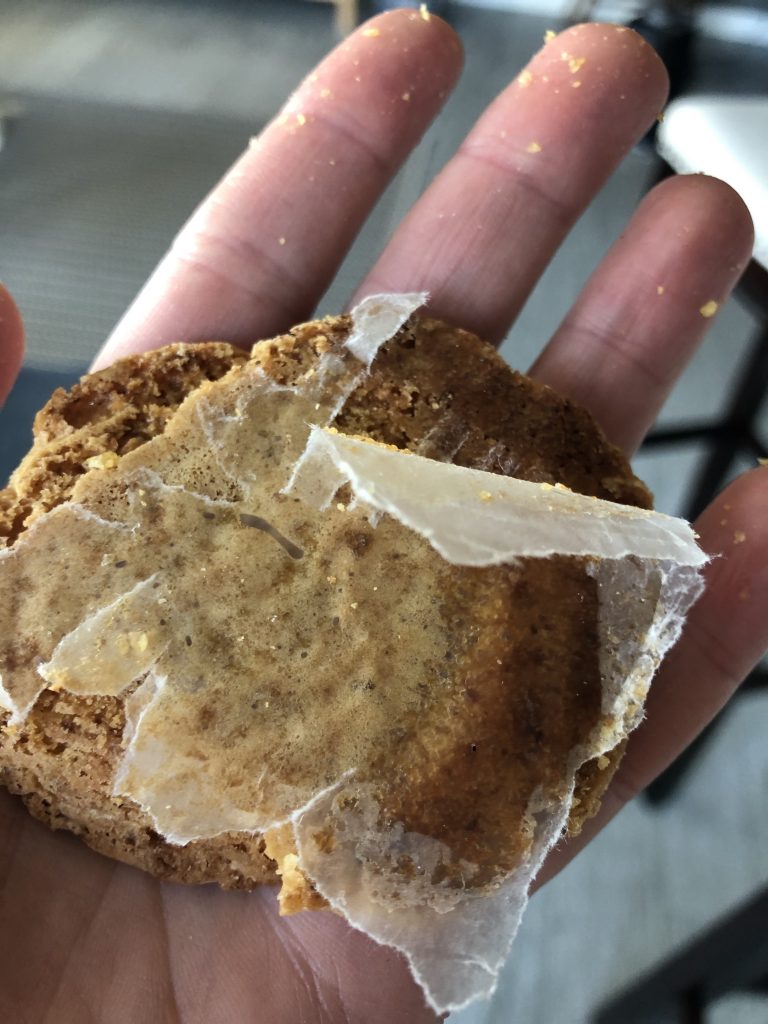
Lesson learned: Words
matter. Read the fine clearly
legible recipe print and follow the GD instructions.
Our blunder left us with less than ideal circumstances, but we used the remaining materials at our disposal to make amends and stitch together the best possible outcome we could possibly muster.
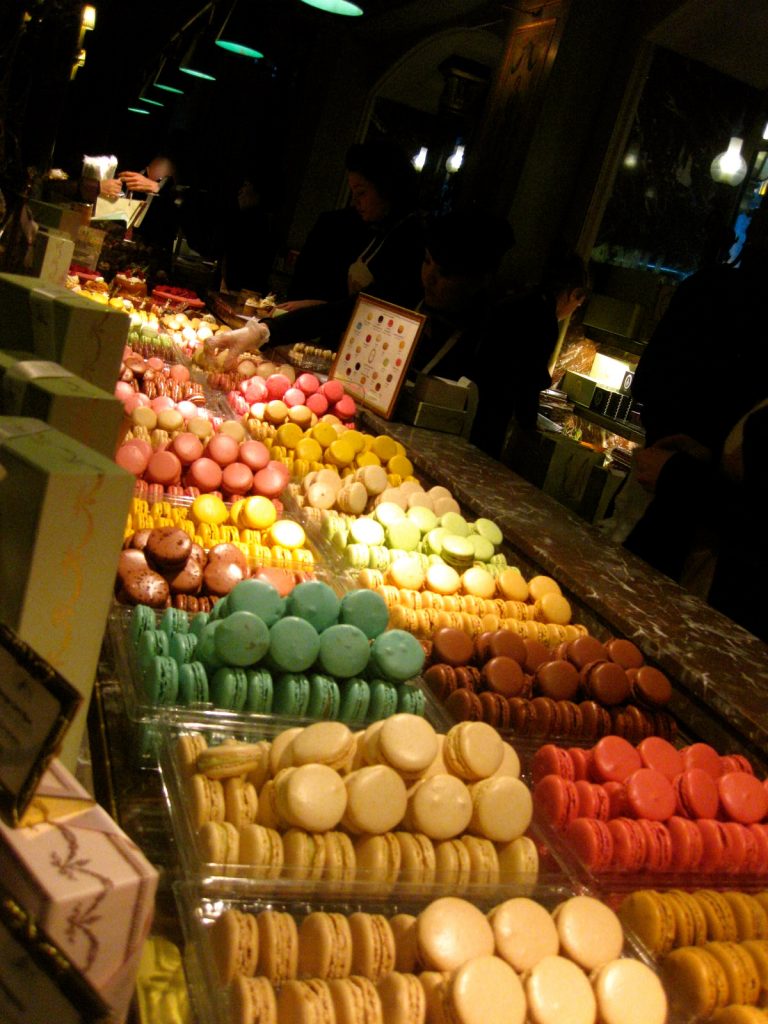
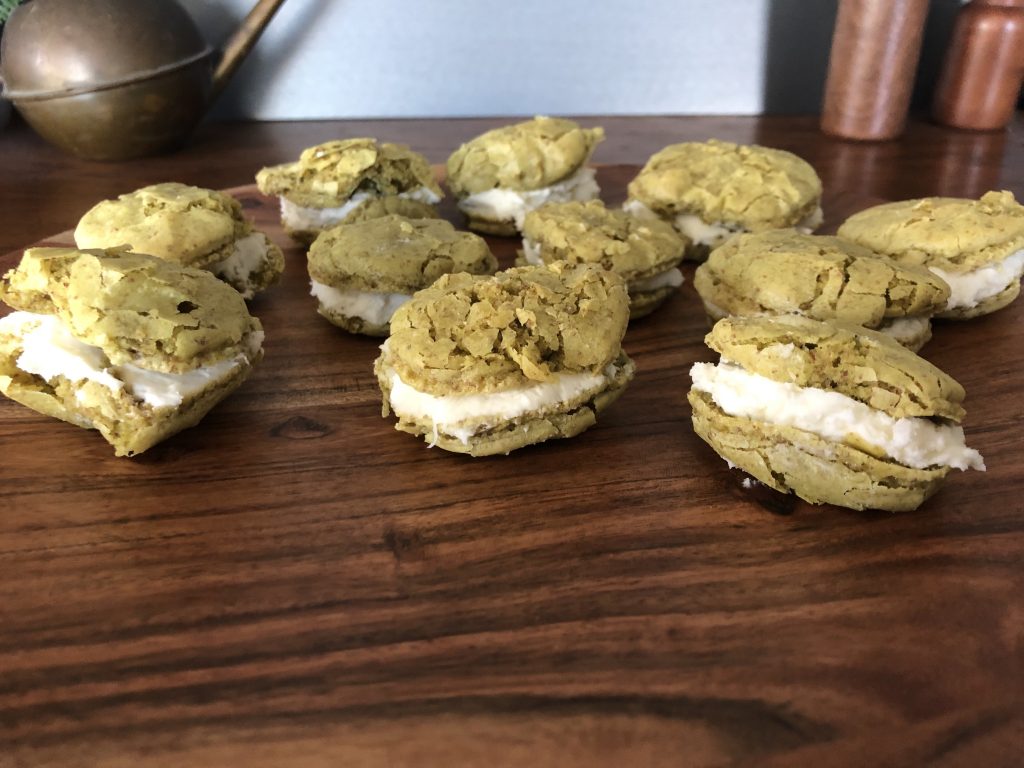
Were our macarons perfect? God, no. In fact, they weren’t truly macarons at all and resembled a whoopie pie mixed with a Chucky doll more than anything else. However, they tasted delicious, were relatively inexpensive to make, and actively occupied several hours where we honed in on that which we could influence versus worry about that which is ultimately beyond our control.
Our lopsided desserts kept us engaged and taught us to laugh—and pivot when necessary[11]!—when things didn’t work out: All qualities necessary for thriving during extended periods of social isolation. Dixie and I used this time to socially connect, experiment, and explore something new outside our everyday routines.
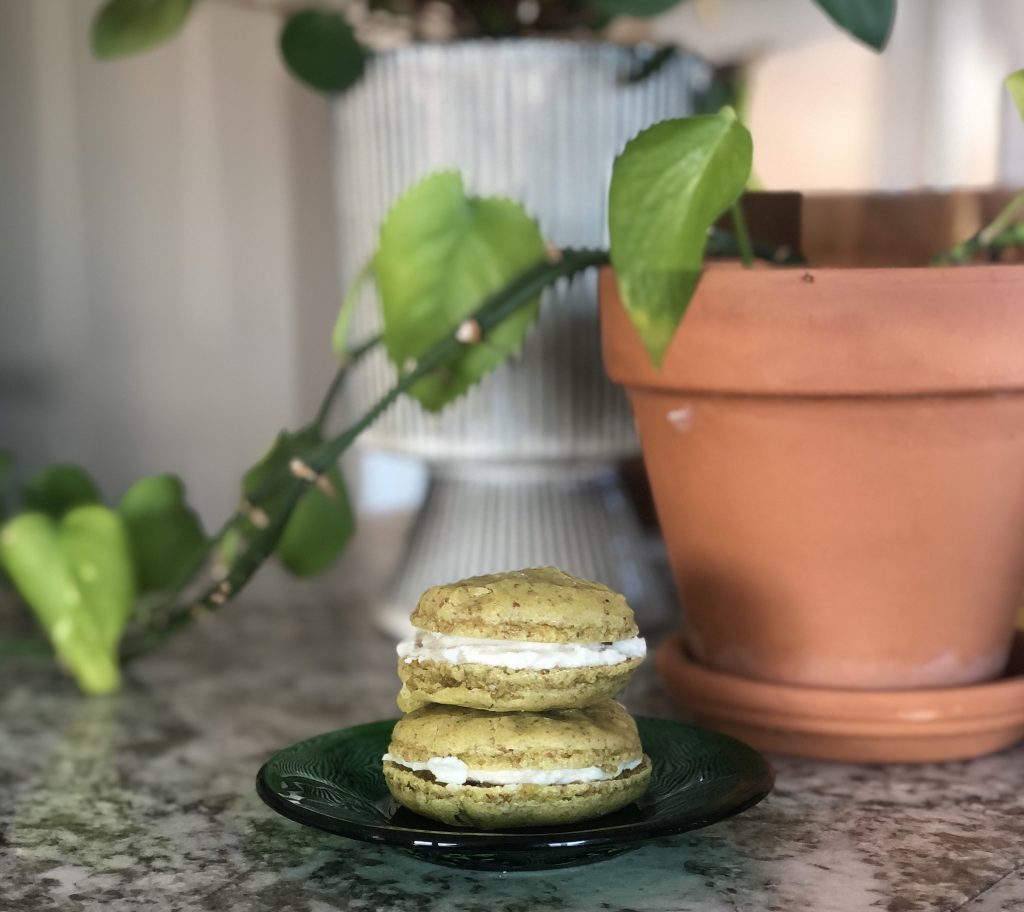
Our conventionally disastrous afternoon served as a small,
humble reminder that sometimes we can derive powerful lessons from unexpected
circumstances, chaos contains its own silver lining, and it never hurts to repurpose
the lemons life inevitably throws at you and make them into some pretty dang
tasty (if horribly imperfect) lemonade.
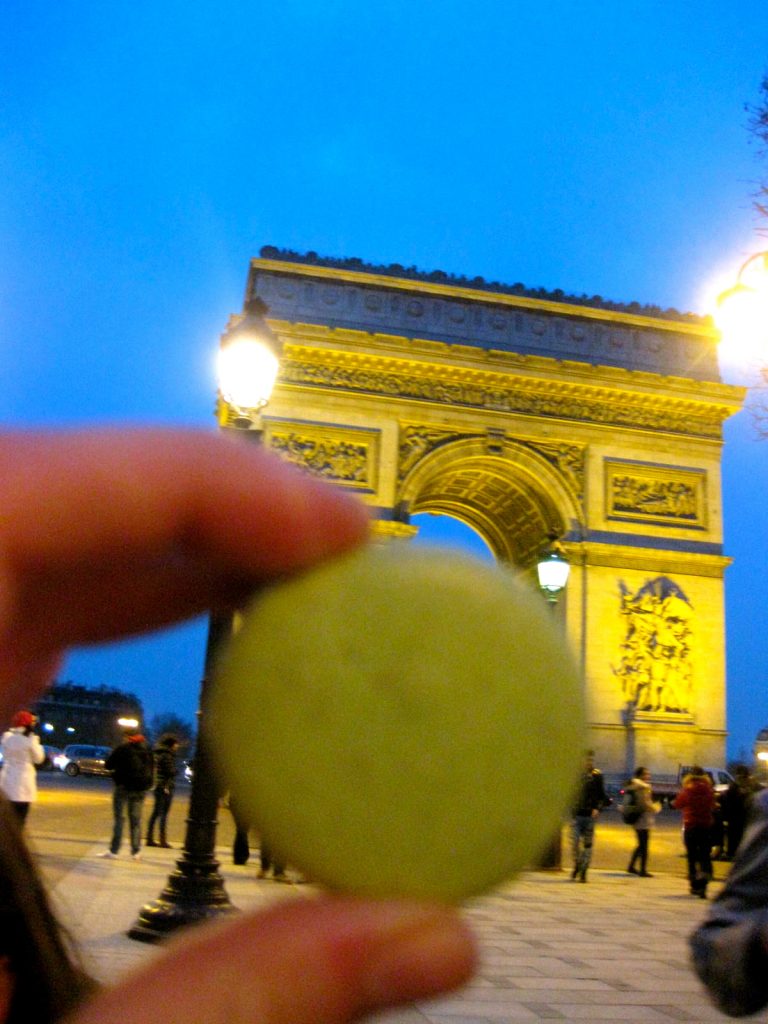
[1] That’s right. Macaron. Kind of like Yvonne. “Oh, Yvonne, that’s a French ass name. Yvonne, ma lil croissant.”
[2] Also named Katie.
[3]
Read: Plant stalking shopping.
[4] See: Need a tantalizingly sweet reminder? Check out “Roses Are ‘Red. Violet[s]’ Are Blue. I Made Truffles. This Doesn’t Rhyme.”: The woman doesn’t mess around!
[5] Which was no easy feat given the weekend mass plunder of every single item from every single grocery store. It’s a strange, strange world out there, and I’m still waiting for someone to tell me which Hunger Games district I’ve been assigned to…
[6] Alas, these are crayon colors, not official macaron names. *Sigh.* But that doesn’t mean they couldn’t be macaron names! I think I’ll write a strongly-worded letter to Ladurée outlining my argument and convince them of the multitude of reasons why they should take this new macaron nomenclature to heart. That’s sure to work. Right?
[6] Alas, these are crayon colors, not official macaron names. *Sigh.* But that doesn’t mean they couldn’t be macaron names! I think I’ll write a strongly-worded letter to Ladurée outlining my argument and convince them of the multitude of reasons why they should take this new macaron nomenclature to heart. That’s sure to work. Right?
[7] Ain’t nobody got time for pastry bags!
[8] As one does.
[9] Yes, these people exist.
[10] How fun!
[11] And it’s always necessary.



Comments are closed.